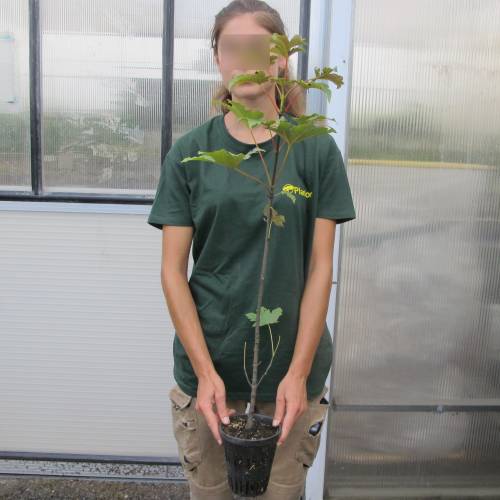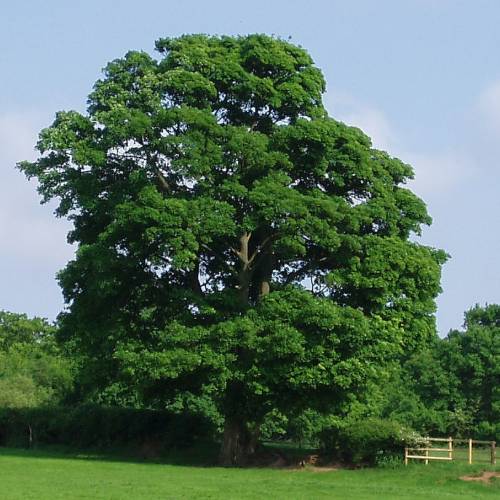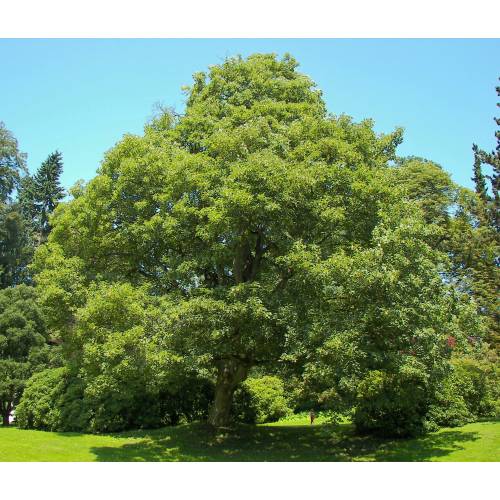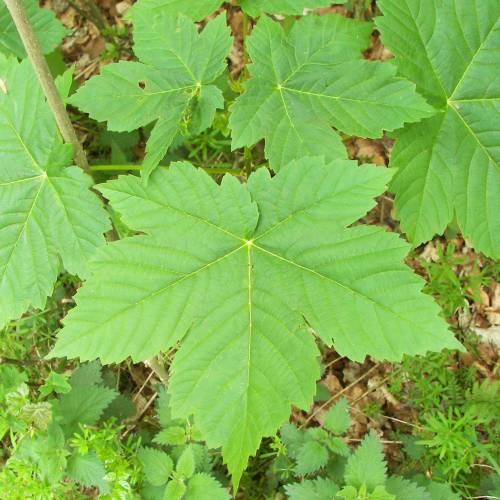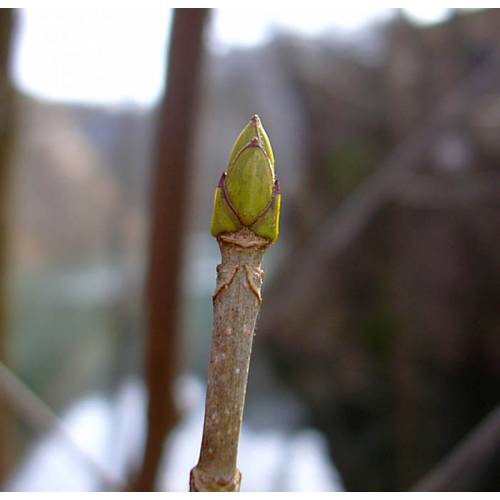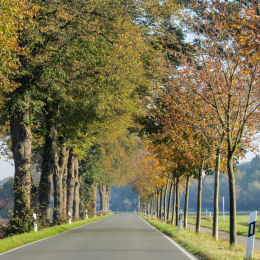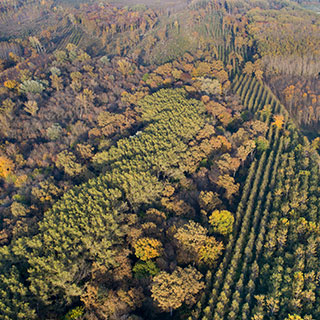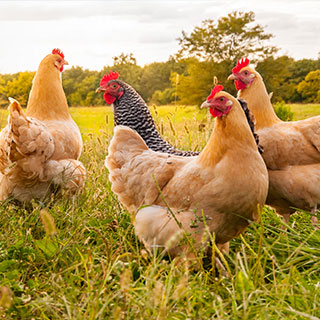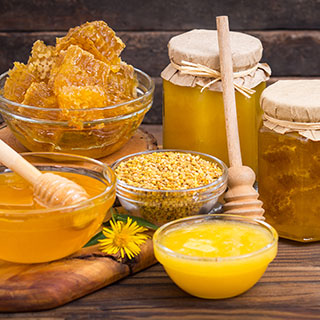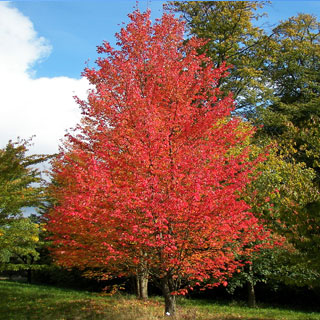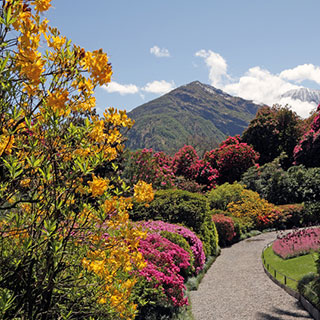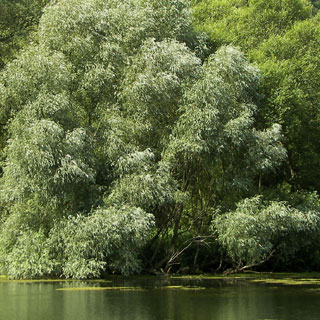
Plants
Maple, sycamore / Acer pseudoplatanus
-
7.80 € Sycamore maple - Acer pseudoplatanus
1527S - Available
-
7.23 € Sycamore maple - Acer pseudoplatanus
1527W - Available
-
6.71 € Sycamore maple - Acer pseudoplatanus
1527T - Available
-
6.20 € Sycamore maple - Acer pseudoplatanus
1527q - Available
-
6.19 € Sycamore maple - Acer pseudoplatanus
1527 - Available
-
5.88 € Sycamore maple - Acer pseudoplatanus
1527qB - Available
-
5.67 € Sycamore maple - Acer pseudoplatanus
1527qC - Available
-
5.15 € Sycamore maple - Acer pseudoplatanus
1527l - Available
-
3.59 € Sycamore maple - Acer pseudoplatanus
1527n - Available
-
2.96 € Special Offer - 50%
1527JX - Available
-
2.55 € Sycamore maple - Acer pseudoplatanus
1527p - Available
-
2.03 € Sycamore maple - Acer pseudoplatanus
1527r - Available
-
1.82 € Sycamore maple - Acer pseudoplatanus
1527s - Available
-
1.61 € Sycamore maple - Acer pseudoplatanus
1527t - Available
-
1.51 € Sycamore maple - Acer pseudoplatanus
1527u - Available
-
0.00 € Sycamore maple - Acer pseudoplatanus
1527U - Request for quotation
-
Areas of origin: Europe and Asia.
Adult Dimensions: Height up to 30m (98.4'), width up to 20m (65.6').
Foliage: Deciduous.
Soil Type: All.
Hardiness: Hardy to -24°C.
Exposure: Full sun.
Properties and uses:
This lovely tree is particularly resistant to pollution in towns and is therefore used widely for planting in urban areas. It is also very popular in parks and gardens. The foliage turns a beautiful yellow in autumn. The quality of the wood is appreciated in carpentry and cabinet making.
Seeds of sycamore consumed in large numbers may be the cause of atypical myopathy in horses, a dazzling and deadly disease.
Plant, or reforest Sycamore Maple, Acer pseudoplatanus – Foresters Guide
1) The Sycamore Maple (Robinia pseudo-acacia) is it suitable for my land? The Sycamore Maple tolerates the forest cover during its early years, but it needs light as an adult specimen. It grows in zones with high air humidity. The water supply of the soil is an important factor for its growth. It prefers rich, non- or low-acid soils.
2) Which planting density for my Sycamore Maple plot? (Acer pseudoplatanus)
The planting density is the number of plants planted in one hectare (acre). Here it means determining the initial number of young plants and to choosing their repartition in the available space.
The planting density is defined by the gaps in between the lines as well as the spacing in between each plant on a same line.
It is the basics of the silvicultural path which must lead to a final trees’ population of quality and to the fulfilment of the land’s owner set goals.
Advice: When choosing the density, think about the width of the tool which will allow the maintenance of the gaps in between the lines. The space in between the lines must allow clear passage for a tractor-drawn, maintenance tool.
For the Sycamore Maple (Acer Pseudoplatanus)
- It is better to plant between 1200 and 1600 seedlings/hectare.
- The final density wanted: 100 seedlings/hectare.
3) How to prepare the soil to plant Sycamore Maple (Acer pseudoplatanus)?
In Silviculture, working the soil is a key element in the success of planting. The root system of the tree must take rapidly where planted. Whether the work is done mechanically or manually, we recommend working the soil in its depth for optimum planting.
4) How to plant the Sycamore Maple (Acer pseudoplatanus)?
a- Receipt, storage and preparation of the plants before planting
- Upon receipt, place the crates side by side, on a flat surface so as there is no air circulation underneath. Choose a shady spot protected from wind;
- Maintain a good humidity level of the plants on the crates placed on the edges,
- Plan for the possibility of watering if planting is delayed or if the plants require water,
- In case of frost, do not handle the plants and if frost is forecasted for several days, place mulch on the edges.
b- Planting
Our team of professional planters use a planting cane to place the earth-balled plants in situ. This ergonomic, light tool allows quality, quicker planting work. It is also possible to carry out a traditional planting work using a pickaxe or a spade
In all case, you must:
- Dig a hole a little bit larger than the earth-ball ;
- Position it well in the hole;
- Cover it entirely;
Finally, the worker will tamp down the soil carefully with its foot. It is forbidden to press strongly or again to heel-butt the plant to avoid crushing the earth-ball and damage the root system of the plant.
Video on planting using a planting cane
Buy Planting cane
5) How to limit weeds on my Sycamore Maple plot (Acer pseudoplatanus) ?
During the first years, it is essential to eliminate all self-propagating plants. Not controlled they are going to be in competition with your plants and are going to deprive the young trees of the vital elements they require to grow (water, light and nutritional elements). You must therefore eliminate mechanically this unwanted competition until the trees are big enough to be able to dominate it.
Two types of operations are possible after planting:
Manual clearing around the plants
It is in fact acts often carried out using portable thermic Strimmers or billhooks to clear plants on a line or around the plants themselves.
Mechanical clearing of the space in between the lines
These actions are done using cutters and flail mowers, horizontal or vertical cutters, mounted on mini excavators or tractors. As a result, they cannot be undertaken outside the spaces available between the tree lines (seedlings or plants).
6) How to protect my young False Acacia plants from wildlife (Acer pseudoplatanus) ?
There is a necessity to protect the plot as soon as the population’s density of Cervidae (deer and roe deer in particular) risk leading to significant damage such as undergrowth of the plants or friction of the stems. Sometimes, the setting up of plants’ protection is also necessary as soon as the rodents’ population (rabbits, hares, coypu, voles...) are locally important.
3 types of protections are possible:
- Individual, mechanical Protections ( dissuasive netting, photo-degradable tubes,...)
- Protection by total wire-fencing of the plot,
- Protection by applying a repellent on each plant or on the borders of the plot.
Catalogue Protections against Game

